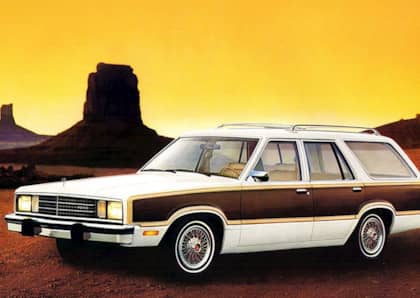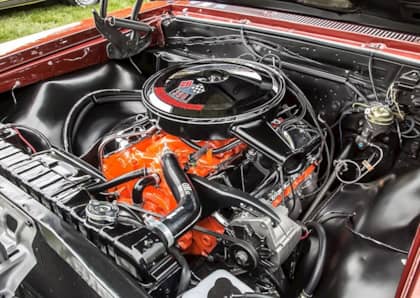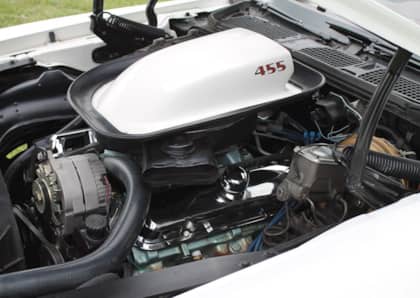The 1966-1970 Oldsmobile Toronado Introduced Muscle Car Fans To Big Block Front-Wheel Drive Performance
For a company that dominated car sales in the 1960s, General Motors took a lot of risks when it came to developing new vehicle designs. Never content to stand pat on its overwhelming market share, GM experimented with rear-engine designs like the Chevrolet Corvair, toyed with the idea of producing affordable subcompact sports cars like the XP-973, and even came close to giving Pontiac a Corvette competitor in the form of the Euro-inspired Banshee.
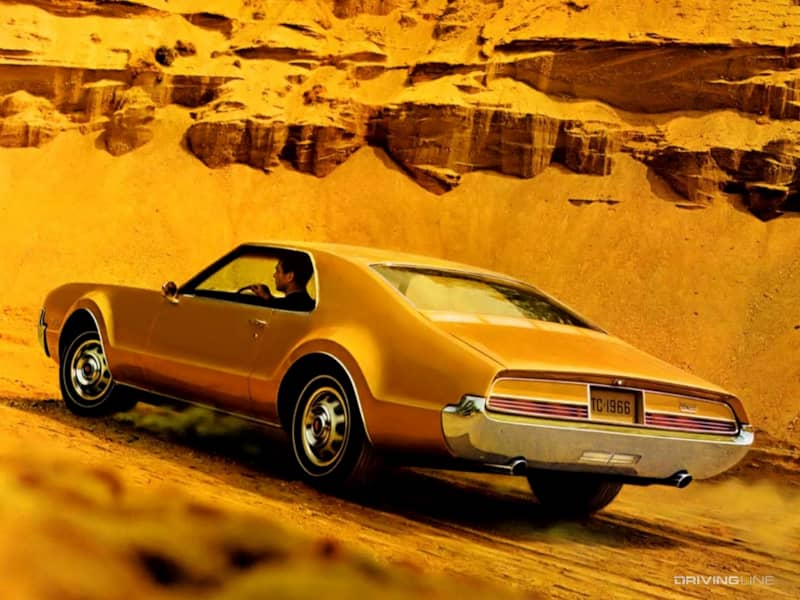
It's no surprise then that in 1966 General Motors tapped Oldsmobile to help lead it into what it felt would be a front-wheel drive future with the genre-breaking Oldsmobile Toronado. Featuring a big block V8, searing styling, and an advanced drivetrain design that provided GM with the blueprint for the next generation of front-wheel drive cars, the Toronado was one of the most important vehicles to have ever left a Detroit factory.
UPP For You And Me
The story of the Toronado really begins nearly a decade earlier, when GM first began investigating the potential of a front-wheel drive layout for its entry-level cars that paired the engine and transaxle together as a single unit dubbed the 'Unitized Power Package,' or UPP.
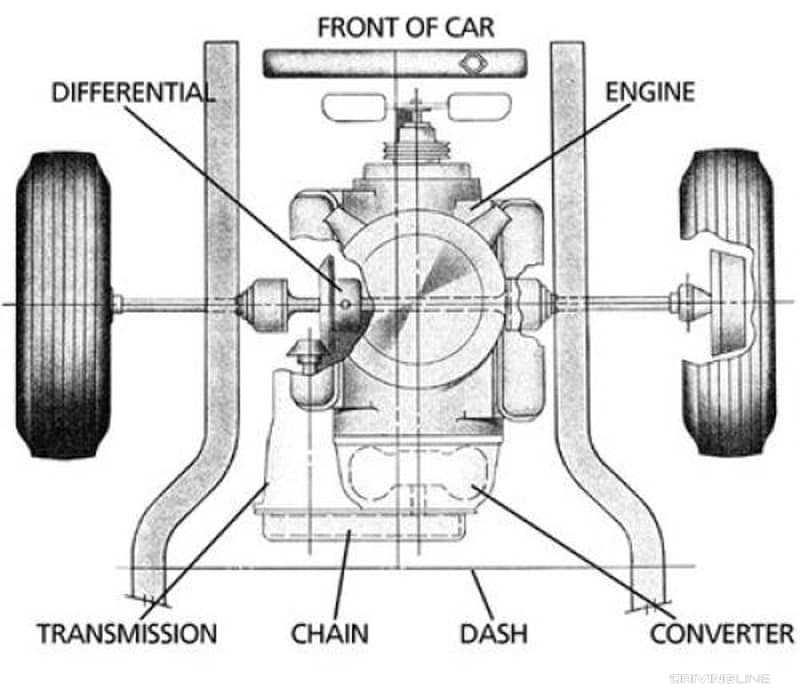
Why front-wheel drive? Aside from the basic physics of putting more weight over the drive wheels to improve traction, GM was interested in the eventual production savings associated with the more compact driveline, as well as the increased interior space offered by a flat floor that had no need for a driveshaft hump. Although it had been a feature of American pre-war cars like those built by Cord, as well as foreign nameplates like Citroen, it had been decades since front-wheel drive models had been sold in the United States.
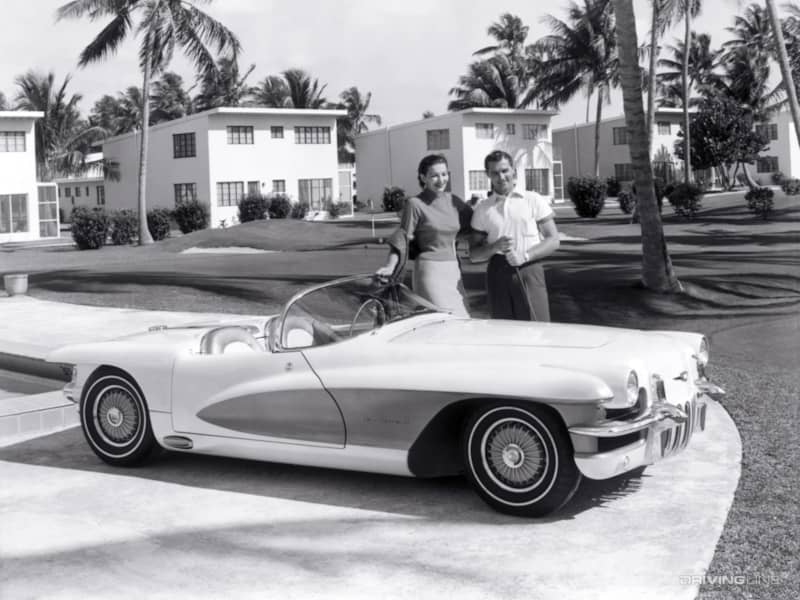
The General's take on front-wheel drive got its first public airing in 1955 in the form of the LaSalle II and L'Universelle concept vehicles, each of which featured a different version of the UPP (with the LaSalle II relying on an advanced, dual-overhead camshaft V6 and the L'Universelle making use of a production Pontiac V8). That being said, neither the show car nor the show truck could move under their own power, and it wasn't long before the General handed off further development of the UPP specifically to Oldsmobile, which took over in 1957.
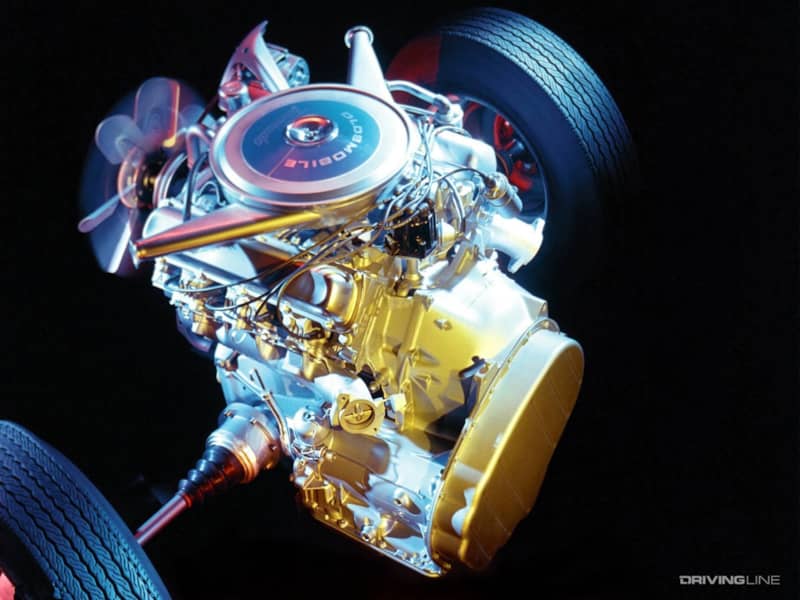
The initial slate of FWD designs focused on econo-minded compacts powered by transversely-mounted six-cylinder engines, but eventually eight-cylinder motors—including an aluminum block culled from the Buick line-up—made their way under the hood to help reduce the overall weight of the UPP. The technology proved expensive to develop, which meant that it was eventually removed from the docket for compacts like the new Y-body Oldsmobile F-85 that arrived in 1961, and instead targeted towards higher end models that could more effectively absorb its cost.
Oldsmobile's Personal Luxury Coupe
Around the same time period, Oldsmobile was chomping at the bit for a car that it could throw up against the Ford Thunderbird, which had fully transitioned from sporty roadster to personal luxury coupe, as well as its corporate cousin the Buick Riviera.
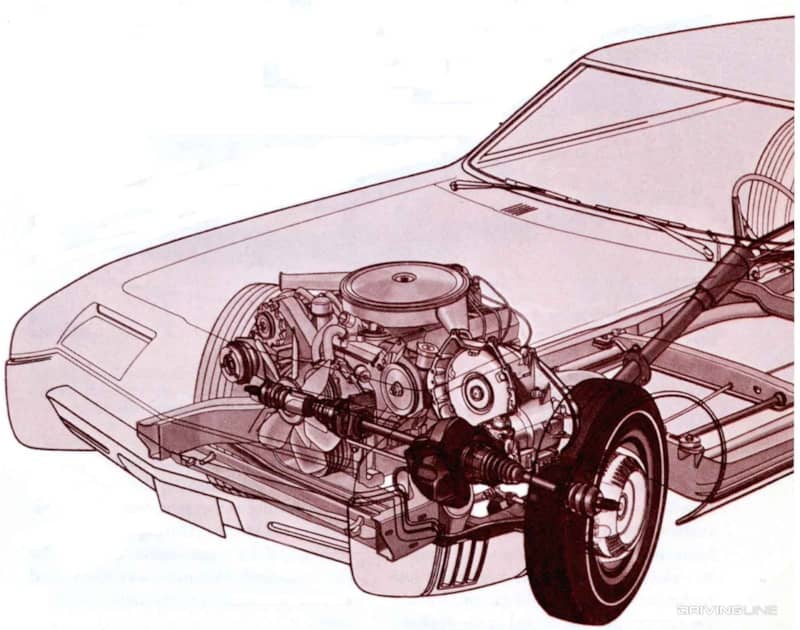
By 1963 Oldsmobile had come up with a version of the Unitized Power Package that combined a large-displacement V8 engine with a three-speed Turbo-Hydramatic transaxle (reversed alongside the motor) in a longitudinal layout would tuck neatly into any reasonably-sized GM platform. Given the higher price tag associated with luxury coupes like the Riviera and the T-Bird, Oldsmobile finally had a strong case for both its own slice of the premium pie as well as the technological prestige of introducing GM's first front-wheel drive car.

General Motors wasn't going to take any chances with its FWD foray, which meant that the UPP was stress-tested using the heaviest torque-monster big block V8s that the company had in its portfolio to make sure it provided smooth, reliable, and comfortable operation. On the styling side, the shape of the car that became the Toronado was selected from a concept car drawn by David North, assistant to the brand's head of styling Stan Wilen in 1962. Although originally intended as a smaller vehicle, North's car was so popular with brass that it was scaled up to take on the larger proportions required for the full-size Toronado.
Making A Splash
When the Oldsmobile Toronado finally debuted in 1966 it wasn't just visually stunning, but also exceptionally advanced compared to other big coupes of the time. Standard equipment included a 425 cubic inch big block Rocket V8 that produced a whopping 385 horsepower and 475 lb-ft of torque, along with a suspension system that used a much higher spring rate compared to other Oldsmobiles of the era—a decision that encompassed the Toronado's sporty image as well as the need to control the additional weight of its drivetrain (whose driveshafts had forced the use of front torsion bars rather than coil springs). A semi-unibody platform dubbed the 'E-body' also helped reduce vibration.
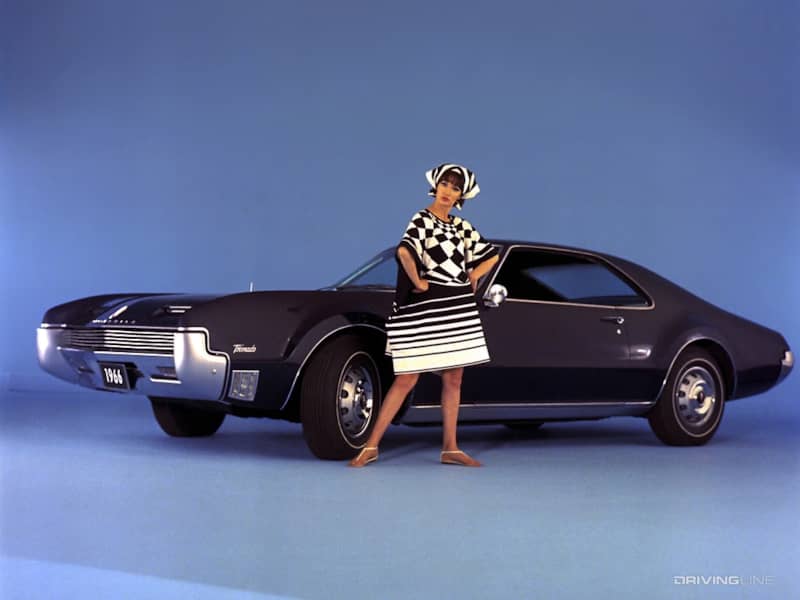
With its sleek fastback lines, hidden headlights, and acres of interior room, the Toronado turned a lot of heads. Try as they might, automotive enthusiasts had a hard time noticing any torque steer or other dynamic issues associated with powering the front wheels, and its driving experience was remarkable stable and composed. Hardcore pilots no doubt picked up on the Oldsmobile's propensity to understeer as a result of its forward weight bias, but overall the vehicle was remarkably well-received by the public and the press.
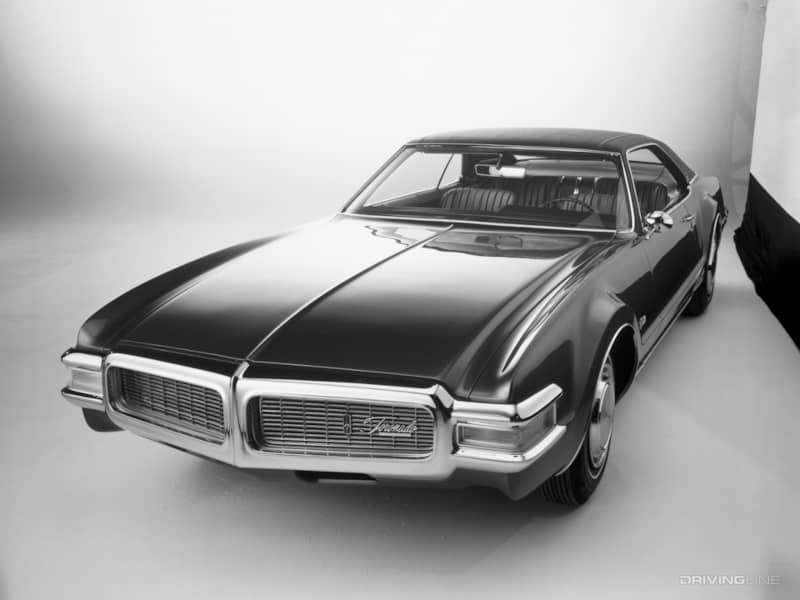
Both Buick and Cadillac also received versions of the E-body, but they took the chassis in remarkably different directions. Buick used it to underpin the second-generation Riviera, but left the UPP on the shelf in favor of a traditional rear-wheel drive layout. Cadillac, on the other hand, went bonkers when it introduced the 1967 E-body Eldorado, eventually installing a 500 cubic inch big block V8 that poured 550 lb-ft of torque through the UPP.
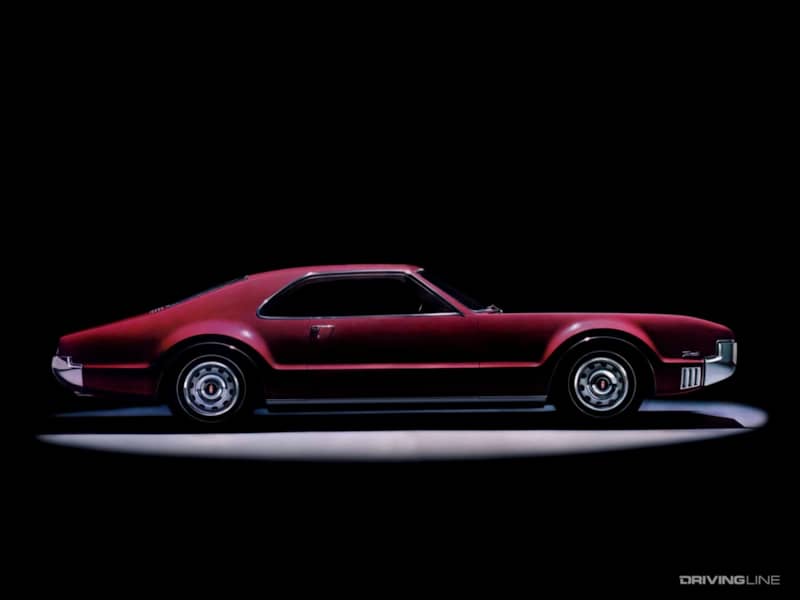
Oldsmobile, too, would continue to push the limits of its front-wheel drive experiment by way of a 375 horsepower 455 cubic inch Rocket V8 that appeared in 1968 with 510 lb-ft of torque of its own. The UPP was considered so robust that it eventually found its way into the GMC Motorhome, which rolled through the '70s tugging its massive bulk by way of its front-wheel drive design.
Ahead Of Its Time
Despite its fantastic looks and advanced design, the first-generation Oldsmobile Toronado wasn't exactly a success. The Toronado's sporty ride stood in stark contrast to the pillow-soft suspensions found on most other personal coupes at the time, and this plus its luxury pricing played a role in pushing buyers towards rivals. The brand did its best to soften the car's on-road personality, but sales continued to drop throughout the decade, with just over 143,000 examples sold in total. By the time the Toronado was replaced for the 1971 model year it had morphed into a more traditional premium cruiser.
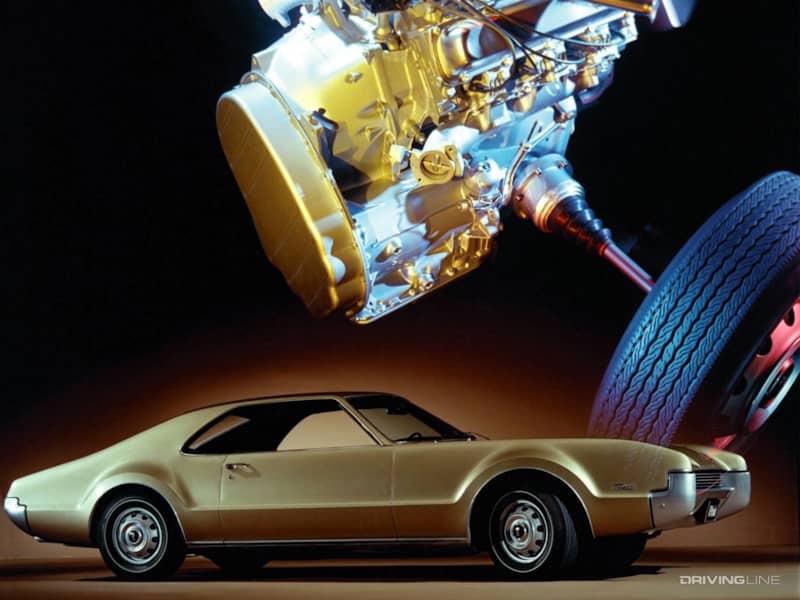
Oldsmobile eventually elevated later models of the Toronado to the original's status as a high tech standard-bearer by the end of the 1980s, as the car continued to track the styling and performance of the Buick Riviera (which had also converted to front-wheel drive). The original Toronado, however, remains a shining example of what can happen when engineering wizardry and excellent styling taste collide—even if the general public in the golden age of the muscle car wasn't all that interested.




